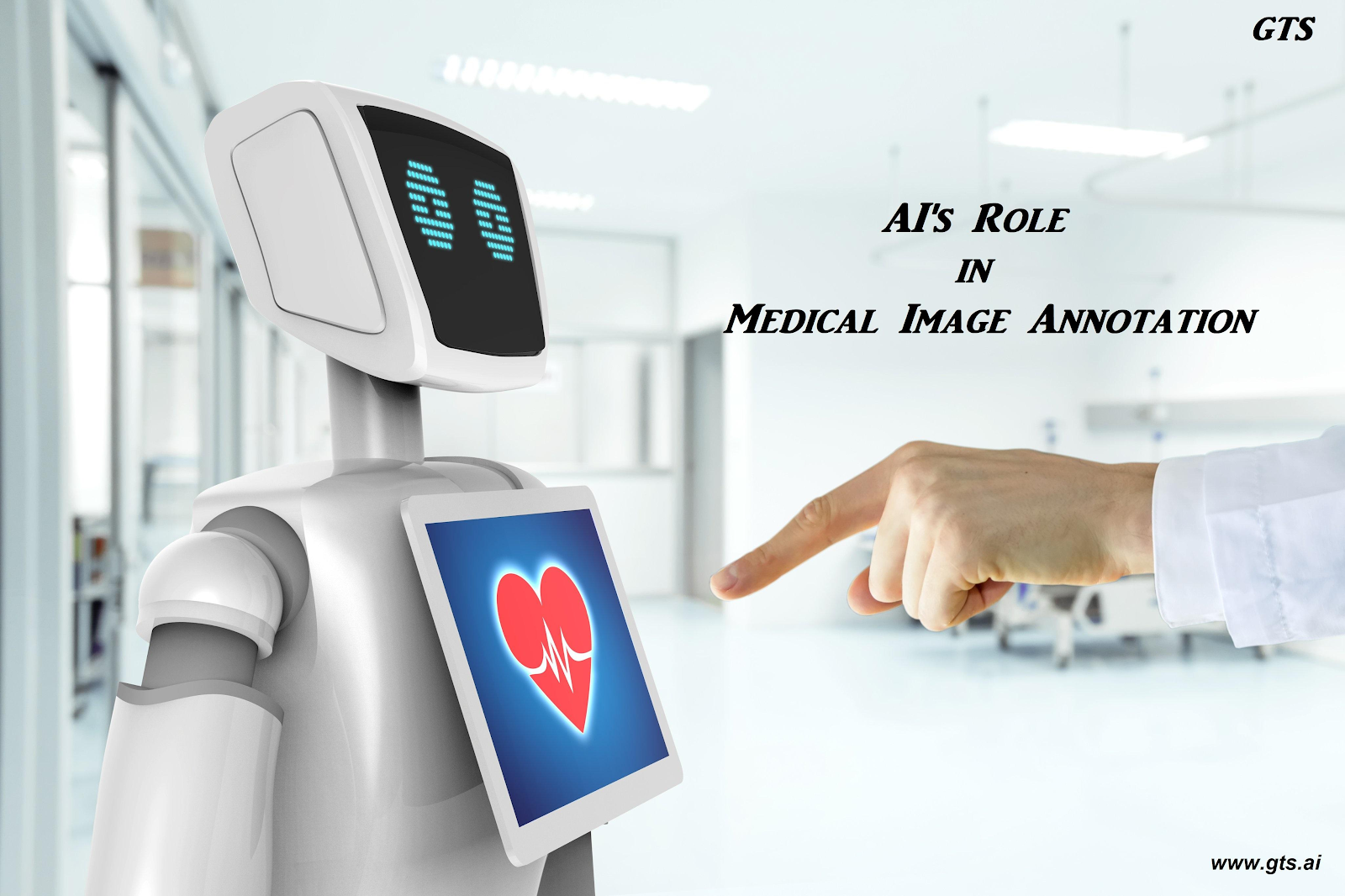How to Use Semantic Image Segmentation Annotation for Medical Imaging Datasets?
Digital innovation can be slow in highly regulated industries like healthcare. However, once an organisation commits to digital transformation and innovation, the benefits such as revenue growth, patient volume, and cost of care can provide enormous value. Healthcare organizations are looking for a cost-effective and technically efficient build-out approach to assist them in their digital transformation journeys. Healthcare organizations are looking to digital innovation to solve these key issues as investments shift away from core EMRs and toward infrastructure solutions that enable flexibility and adaptability.
AI in healthcare is becoming more important, with more precise disease detection using medical datasets. This enables AI models to learn and detect various types of diseases using computer vision technology, which is primarily used in machine learning. Different types of annotation techniques are used to make medical imaging datasets usable for machine learning. One of these techniques is semantic image segmentation annotation, which is used to annotate objects for visual perception-based AI models for more precise detection.
Artificial intelligence (AI) has transformed industries all over the world, and it has the potential to drastically change the field of healthcare. Imagine being able to analyse data on patient visits to the clinic, medications prescribed, lab tests performed, as well as data from outside the health system – such as social media, credit card purchases, census records, and Internet search activity logs containing valuable health information – and you'll get a sense of how AI could transform patient care and diagnoses.
Semantic Segmentation Deep Learning in AI
As we all know, the medical field is a sensitive one that is directly related to people's health. As a result, relying on machine-based disease diagnosis and illness prediction becomes more cautious, particularly in terms of accuracy, so that machines can assist doctors in making timely and correct treatment decisions. And, in order to do so, the object of interest (infection-affected organ or body parts) in medical images should be labelled or annotated in such a way that deep learning algorithms can detect such symptoms or infection with the highest level of accuracy while developing the AI model.
Semantic Segmentation for Image in Single Class
However, various image annotation techniques are used to develop the AI model using machine learning. Bounding Box, polygon annotation, cuboid annotation, and many other features are available. However, semantic segmentation is one of the most illustrative techniques for providing machines with in-depth detection of such things as diseases classified and segmented into a single class. Actually, medical image segmentation aids in the identification of pixels from organs or lesions in background medical images such as CT or MRI images, which is one of the most difficult tasks in medical image analysis.
However, it provides vital information about the shapes and volumes of various organs diagnosed in the radiology department. And semantic segmentation is primarily used to identify images that belong to a single class.
Medical Image Semantic Segmentation
Semantic segmentation image annotation can be used to annotate various types of medical images such as CT scans, MRIs, and X-rays of various parts or organs of the human body. Semantic segmentation aids in highlighting or annotating the portion of a body organ that is only affected by the disease. The most significant advantage of using semantic segmentation is that it can classify objects through computer vision through three processes — first classification, second object detection, and third or final image segmentation — which actually helps machines segment the affected area in a body part.
Semantic segmentation can be used to annotate various diseases such as cancer, tumours, and other deadly maladies that affect various parts of the human body. This high-accuracy image annotation technique can be used to annotate full-body, kidney, liver, brain, and prostate X-rays for accurate disease diagnosis. This annotation method helps to segment only the affected area in these body parts, making it recognisable to ML algorithms. When used in real life as an AI model, semantic segmentation can provide true insight into medical images in order to predict similar diseases. As a result, semantic segmentation can provide the best medical imaging datasets for AI models based on deep learning or machine learning in healthcare datasets.
Semantic Segmentation and GTS
Global Technology Solutions offers a semantic image segmentation annotation service to accurately annotate medical imaging datasets. It provides image annotation services, working with well-trained and skilled annotators, including highly experienced radiologists like x-datasetsray , to annotate medical images for machine learning training, making AI in healthcare possible with precise results.


Comments
Post a Comment